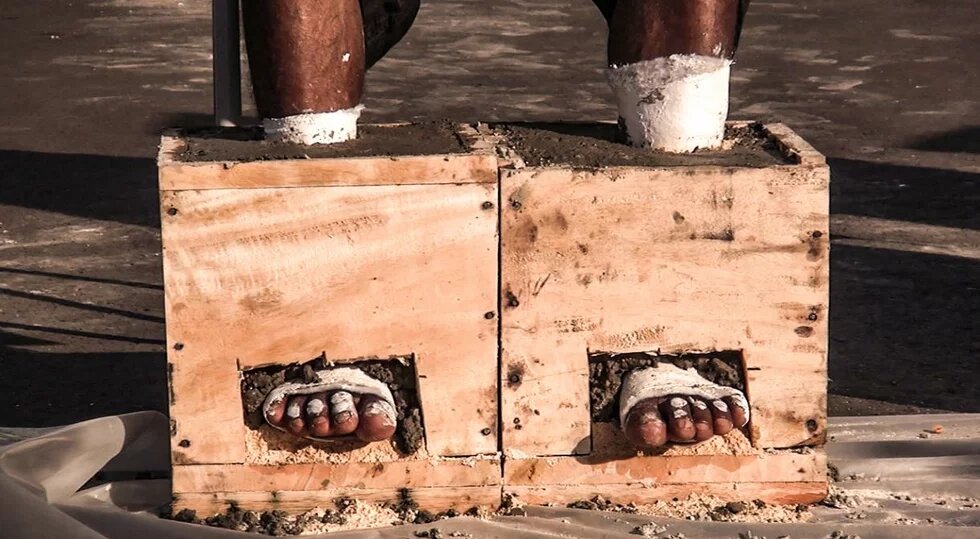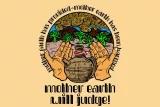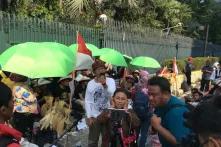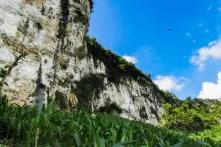The exhibition "Climate Killer Cement", designed by Save Kendeng and Watch Indonesia and produced with the support of the Heinrich Böll Foundation, highlights on the one hand the impact of cement production and construction megaprojects on ecosystems and indigenous communities, but also aims to show positive local alternatives.

Concrete is the most widely used material in the world after water, and its global consumption has quadrupled since the 1990s to 4.2 billion tonnes worldwide. Since the production of one ton of cement, one of the main components of concrete, releases up to 600 kg of CO2, the worldwide production of cement causes a significant increase in CO2 emissions.tifour times as much carbon dioxide emissions as the entire internationaltional air traffic and is thus responsible for around eight percent of global CO2 emissions.
But what makes cement a climate killer? What does a building material have to do with the destruction of karst mountains and water cycles? What makes people cement their feet in public?
Where is the skyscraper in which 20,000 cubic meters of concrete were poured as a foundation? And what can and should we do differently than building further, higher and cheaper?
The exhibition "Climate Killer Cement", designed by Save Kendeng and Watch Indonesia and produced with the support of the Heinrich Böll Foundation, highlights on the one hand the impact of cement production and construction megaprojects on ecosystems and indigenous communities, but also aims to show positive local alternatives. Here, a puzzle is put together that not only addresses the destruction of karst mountains, but also makes clear that the building material 'cement' encompasses many areas of life in our society: Resources, environment, climate, alternative building materials, home ownership, rents and gentrification.
More info on the topic from our office in South East Asia:



